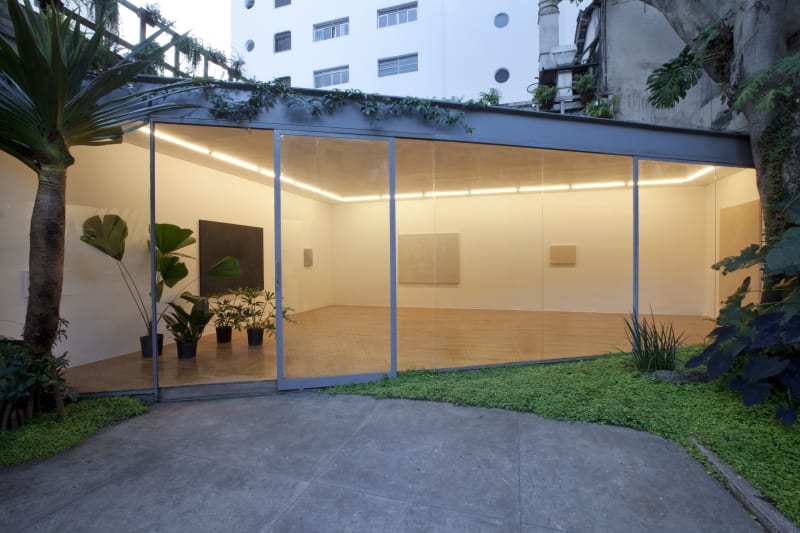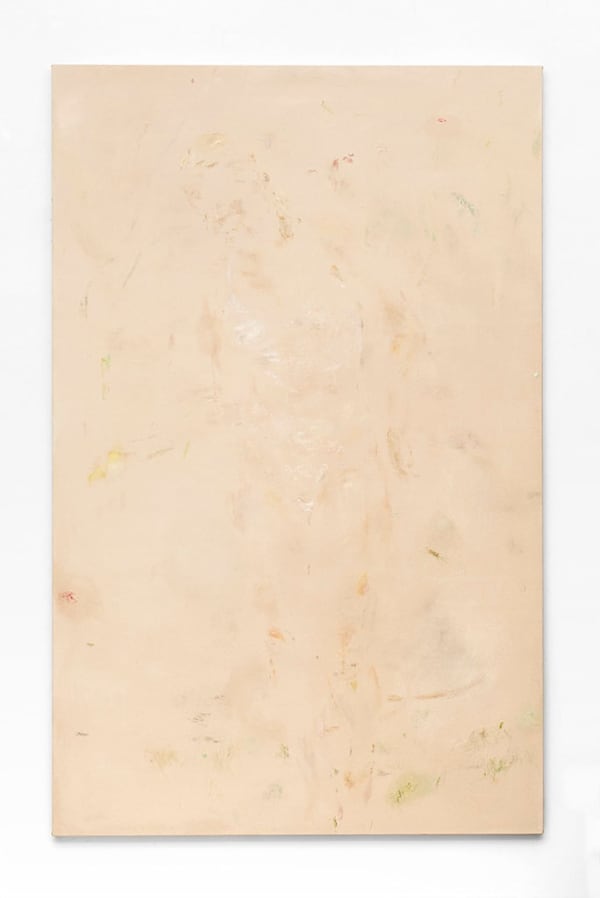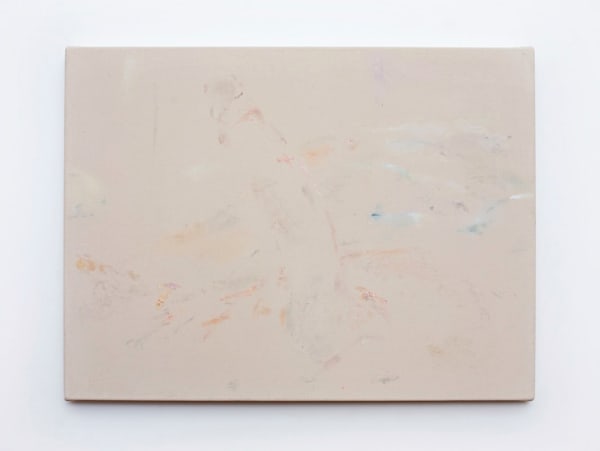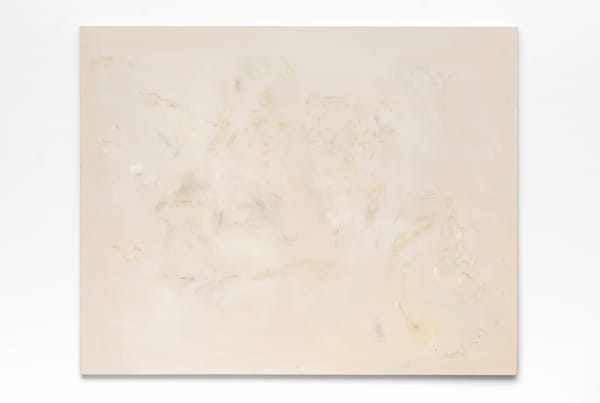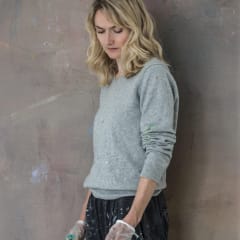Conservatory Maaike Schoorel
Past exhibition
Overview
Mendes Wood DM is pleased to present Conservatorio (Conservatory), the first solo exhibition of Maaike Schoorel in collaboration with curator Carolyn H Drake in São Paulo. Conservatory brings together an entire new body of work dedicated to female archetypes and mythical figures; Eve, Gaia, Circe and the Odalisque. Through the complex reworking of original source material Schoorel is able to transform historical icons into contemporary heroines.
Conservatory translates as a greenhouse especially used to grow delicate, rare and exotic flowers and plants for decorative purposes. It can also be defined as a school that offers training in the dramatic arts, and especially music. Considered jointly, these two definitions bring together some of the concerns and provocations that are suggested throughout this exhibition. Schoorel’s seemingly monochromatic canvases invite viewers to slow down the process of looking at painting and its inherent subject matter. Providing an intensified space of perception, the canvases bear a wealth of visual information that can only be deciphered with time and consideration.
The gallery is situated within a botanical outdoor garden – elements of which the artist has incorporated into the exhibition space; pots of fan palm, mostera deliciosa and philodendrum act to purify the gallery’s air. The conversation between the theme of Schoorel’s paintings and nature reiterates the transformation of the historical subject within its contemporary surroundings. Self Portrait as Eve shows the artist herself posing as the biblical figure within a garden echoing the context of the exhibition, but also drawing from the ambiguous definitions of the show’s title. This project marks a shift within Schoorel’s practice in regards to the authorship of the artist, as she sees this body of work as a collaboration between herself and her sitters, fellow female artists, curators and colleagues.
The paintings are completed in shades of white tinted gesso; yellow, pink, grey and black. The multitude of colors and textures in Schoorel’s paintings perceived by the viewer may be compared to the distinctive tonalities and sounds one hears while listening to a piece of music. Elements are sensed at different moments in time, creating an ever changing and constantly moving experience of the work within space. Conservatory becomes a space in which the relationship between the past and the present, natural and constructed material, the artist and her subject, and conceptual and physical experience becomes blurred and is able to be reconsidered.
– Carolyn H Drake
Conservatory translates as a greenhouse especially used to grow delicate, rare and exotic flowers and plants for decorative purposes. It can also be defined as a school that offers training in the dramatic arts, and especially music. Considered jointly, these two definitions bring together some of the concerns and provocations that are suggested throughout this exhibition. Schoorel’s seemingly monochromatic canvases invite viewers to slow down the process of looking at painting and its inherent subject matter. Providing an intensified space of perception, the canvases bear a wealth of visual information that can only be deciphered with time and consideration.
The gallery is situated within a botanical outdoor garden – elements of which the artist has incorporated into the exhibition space; pots of fan palm, mostera deliciosa and philodendrum act to purify the gallery’s air. The conversation between the theme of Schoorel’s paintings and nature reiterates the transformation of the historical subject within its contemporary surroundings. Self Portrait as Eve shows the artist herself posing as the biblical figure within a garden echoing the context of the exhibition, but also drawing from the ambiguous definitions of the show’s title. This project marks a shift within Schoorel’s practice in regards to the authorship of the artist, as she sees this body of work as a collaboration between herself and her sitters, fellow female artists, curators and colleagues.
The paintings are completed in shades of white tinted gesso; yellow, pink, grey and black. The multitude of colors and textures in Schoorel’s paintings perceived by the viewer may be compared to the distinctive tonalities and sounds one hears while listening to a piece of music. Elements are sensed at different moments in time, creating an ever changing and constantly moving experience of the work within space. Conservatory becomes a space in which the relationship between the past and the present, natural and constructed material, the artist and her subject, and conceptual and physical experience becomes blurred and is able to be reconsidered.
– Carolyn H Drake
Works
Installation Views
